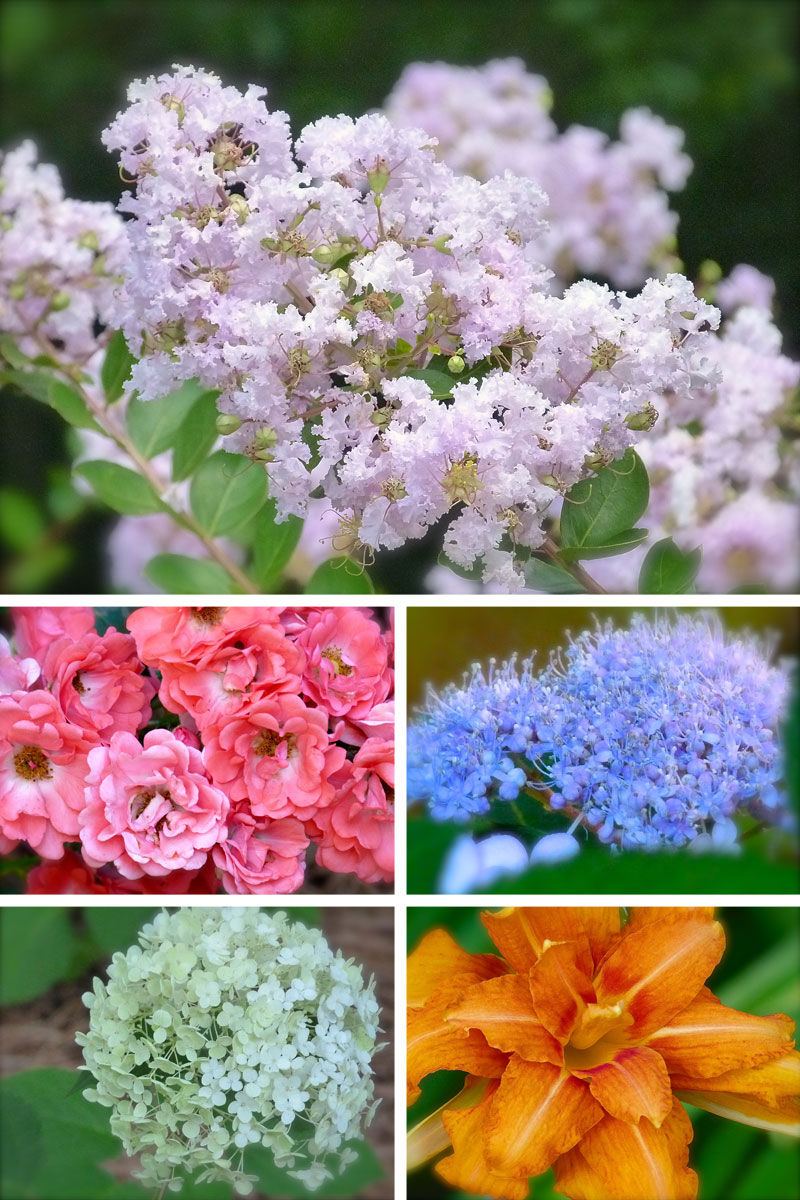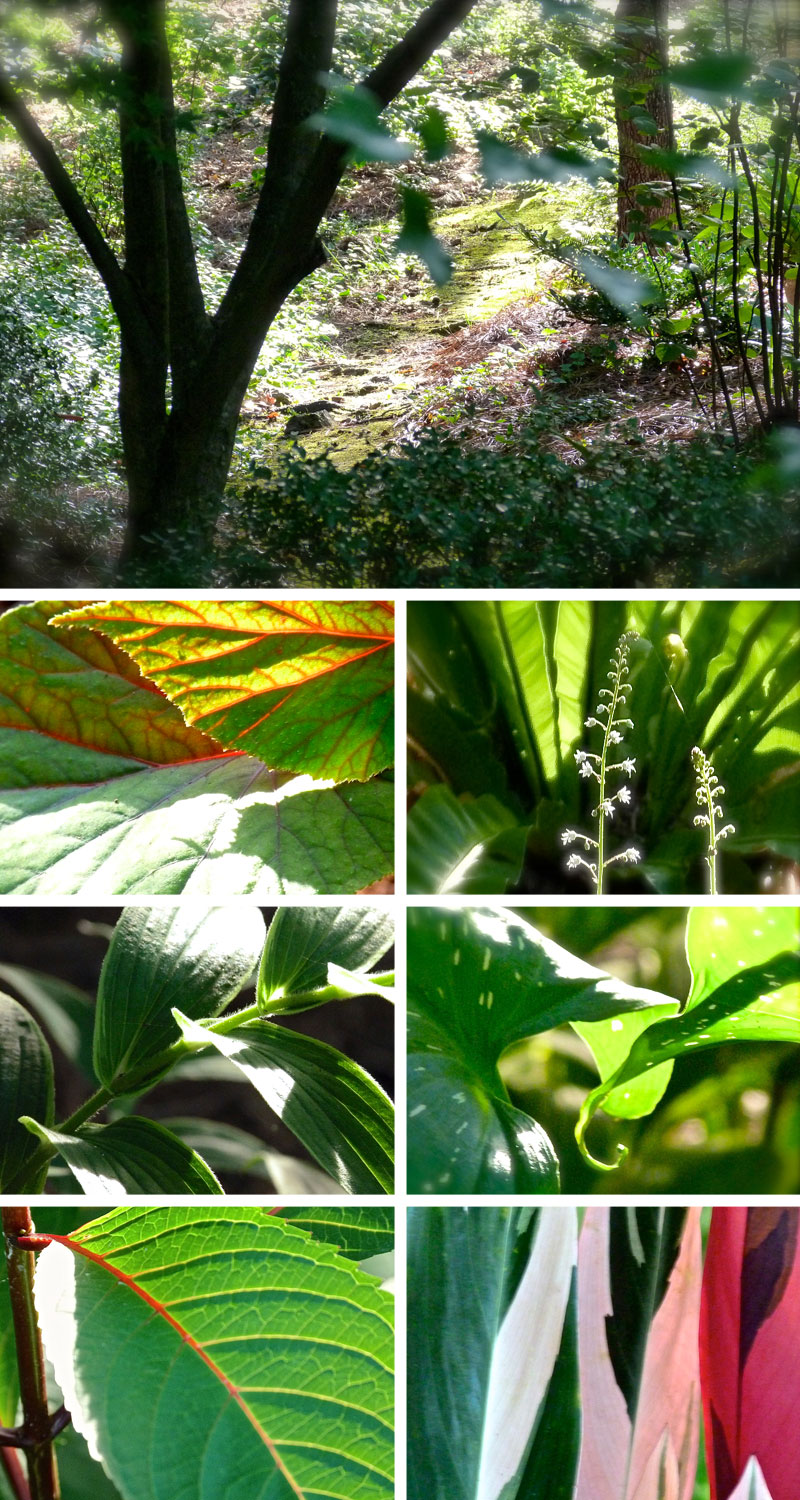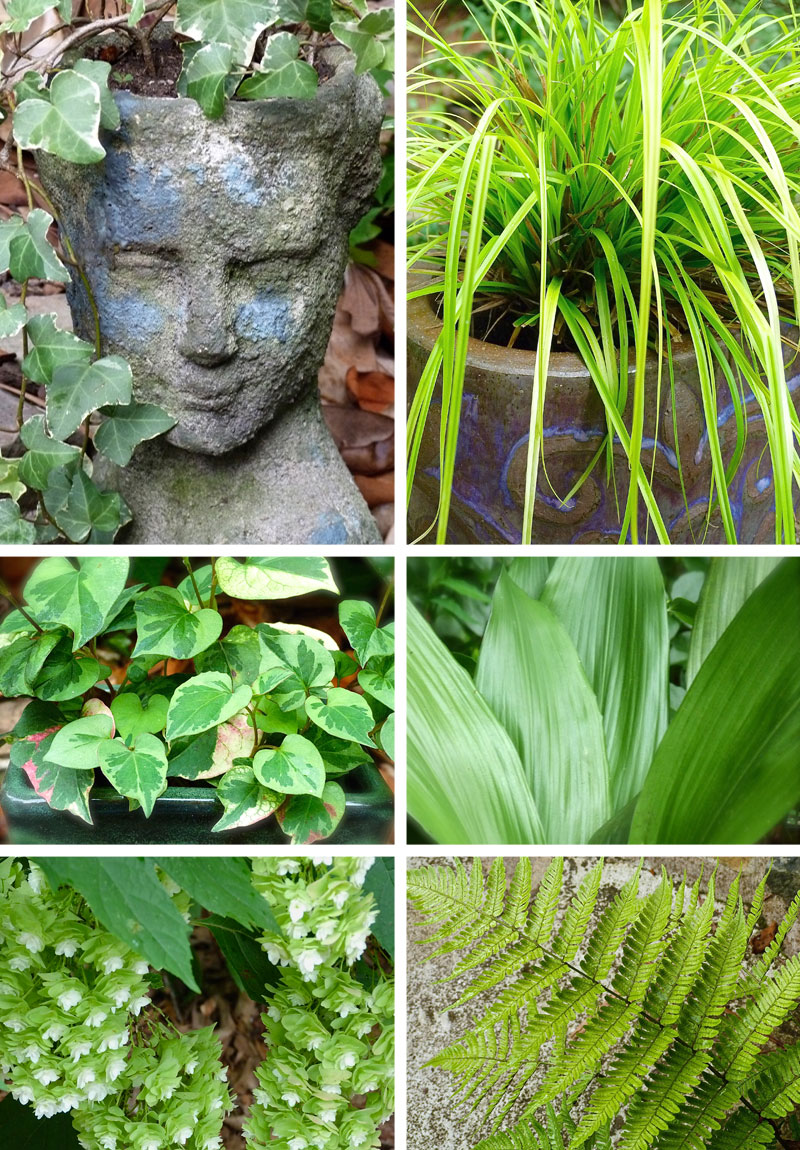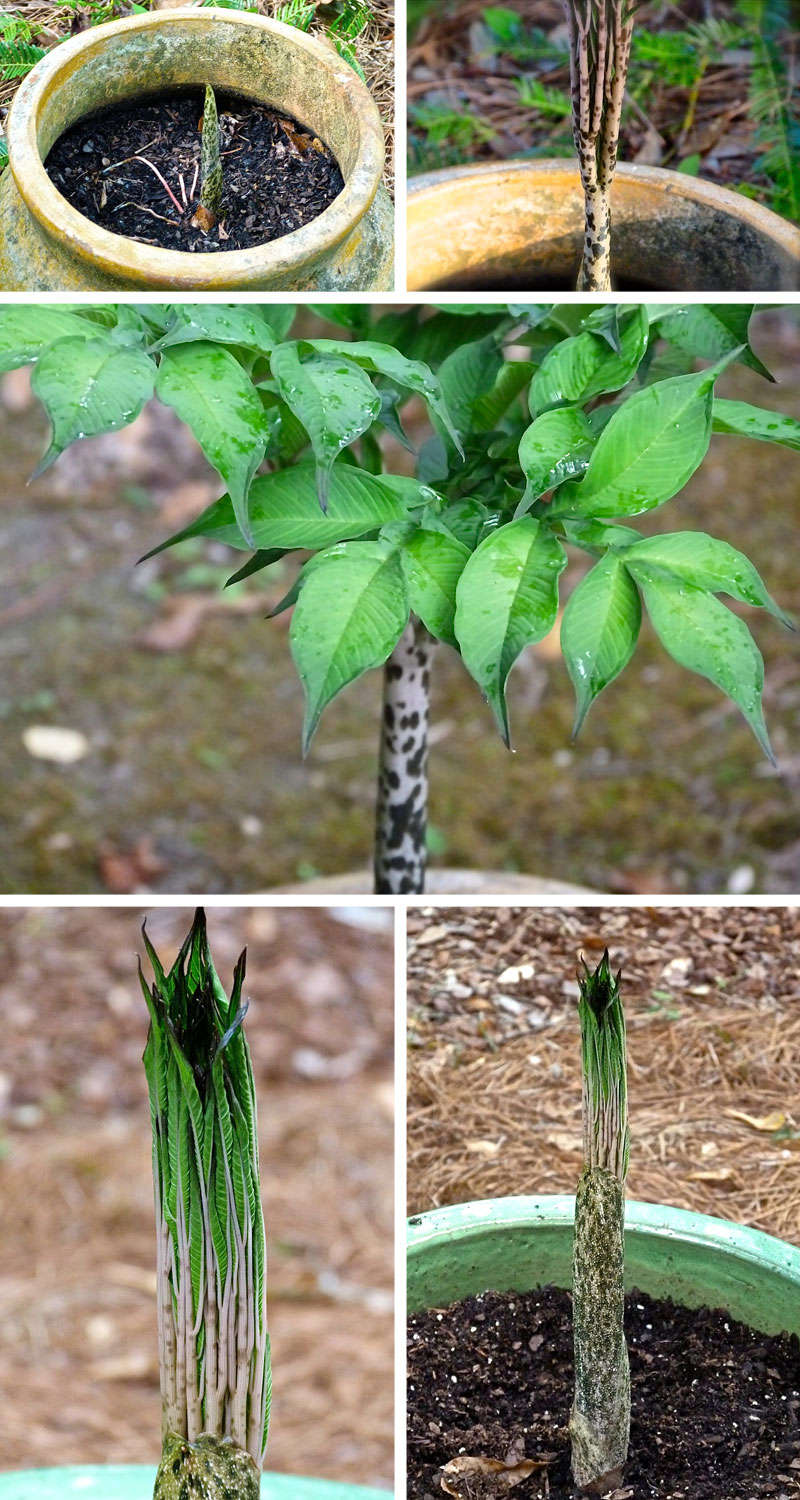Blooms That Take the Heat
 Sunday, August 28, 2016 at 5:45PM
Sunday, August 28, 2016 at 5:45PM The heat has been bad this summer, or maybe it is the equally high humidity that has made it seem worse than other years. I am grateful for plants that have continued to flower, despite temperatures that cause less stalwart plants to quit blooming.
A lot of heat tolerant flowers are annuals. I don't plant a lot of annuals. If I did, no doubt I would have much more summer color. Among those I have, the one that has impressed me the most is gomphrena, which has bloomed non-stop through the summer. Gomphrena has clover-like blooms in shades of purple, pink and white. Lantana is another great summer bloomer, though its flowers come in successive waves rather than blooming continuously. The following images show pink gomphrena and a creamy lantana, along with silvery 'Powis Castle' artemesia.
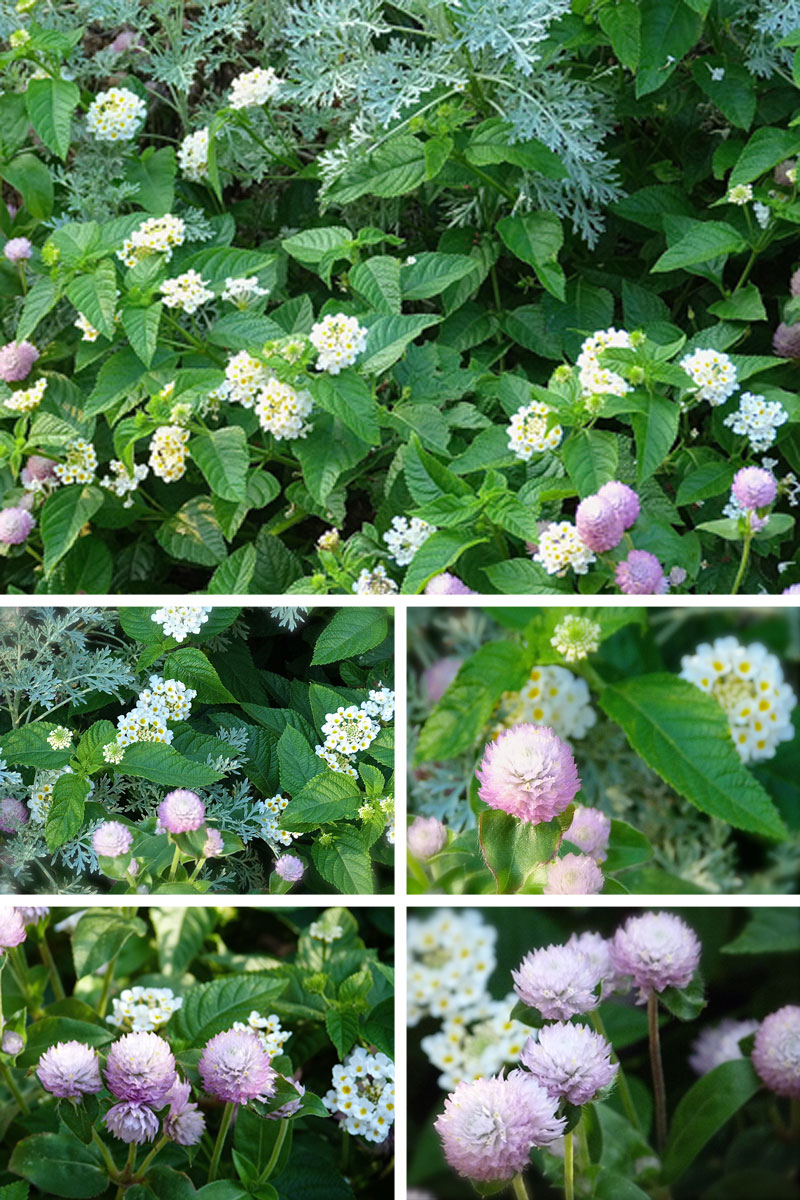

My Crepe Myrtle trees have been blooming for months. They thrive on heat and humidity. This one is by the parking area in front of the house: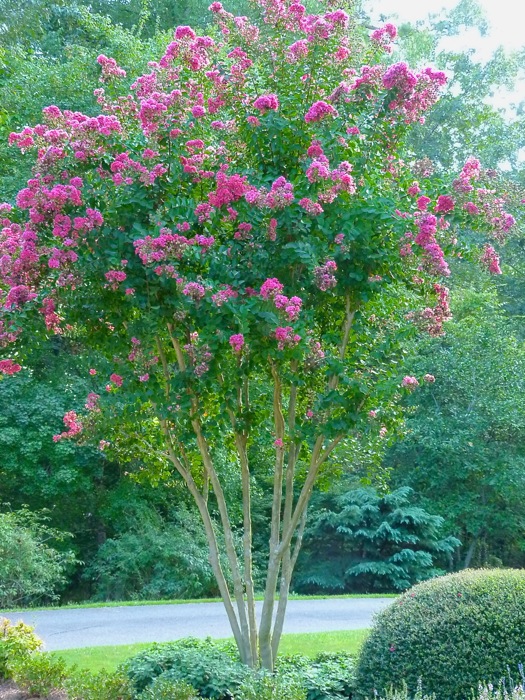

Salvia 'Black and Bloom' has incredible cobalt blue blooms, and it also thrives in heat and humidity. With larger flowers, thicker leaves and darker stems, it is an improved version of Salvia 'Black and Blue.'
Cat Whiskers (Orthosiphon aristatus) is another plant putting out successive blooms through the summer. It is a perennial that is hardy in USDA zones 9-11, but it is unlikely to survive my winter. This is the first year I have grown this plant, but I will definitely plant it again.
 Cat Whiskers grows to the right of the path shown above.As long as I keep deadheading it, 'Tutti Frutti' butterfly bush keeps putting out pretty flowers. These blooms are not as large as the initial flush, but are still satisfying to me and the pollinators. It will continue to bloom into the fall.
Cat Whiskers grows to the right of the path shown above.As long as I keep deadheading it, 'Tutti Frutti' butterfly bush keeps putting out pretty flowers. These blooms are not as large as the initial flush, but are still satisfying to me and the pollinators. It will continue to bloom into the fall. 
Zinnia augustifolia just keeps on going. I sometimes remember to deadhead it. Here it is, along with Dusty Miller: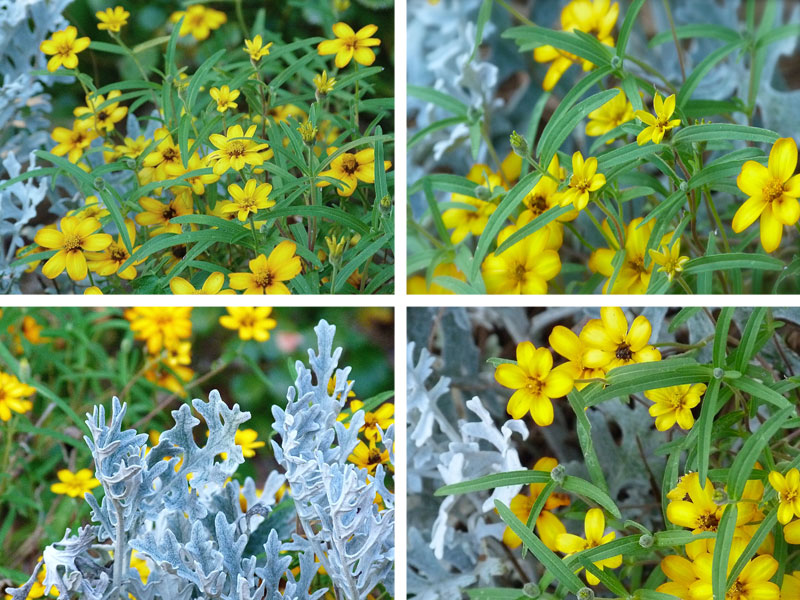
'Coral' Drift rose can't be beat. It is a heavy bloomer, and so far it is disease free.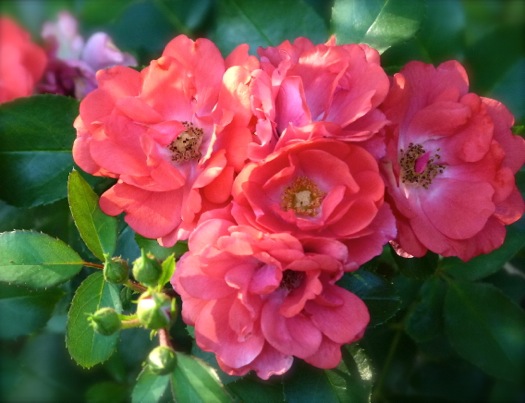
Firebush is not hardy here, but I grow it in a pot and plan to keep it inside through the winter. The hummingbirds love it!
Another plant that attracts hummingbirds is 'Major Wheeler' honeysuckle. It puts out successive blooms into fall:
Hydrangea macrophylla 'Endless Summer' and Hydrangea paniculata 'Limelight', shown below, are a couple of hydrangeas that continue to bloom, despite the heat. 'Limelight' has many blooms, while 'Endless Summer' has a few. 
I will have more flowers once the heat breaks (hopefully soon!). In the meantime, I enjoy these few blooms that can take the heat.
Read more at Gardening Know How: How To Grow A Cat Whiskers Plant: Growing Cat Whiskers In Gardens http://www.gardeningknowhow.com/ornamental/flowers/cat-whiskers/growing-cat-whiskers.htm
Read more at Gardening Know How: How To Grow A Cat Whiskers Plant: Growing Cat Whiskers In Gardens http://www.gardeningknowhow.com/ornamental/flowers/cat-whiskers/growing-cat-whiskers.htm
Read more at Gardening Know How: How To Grow A Cat Whiskers Plant: Growing Cat Whiskers In Gardens http://www.gardeningknowhow.com/ornamental/flowers/cat-whiskers/growing-cat-whiskers.htm


